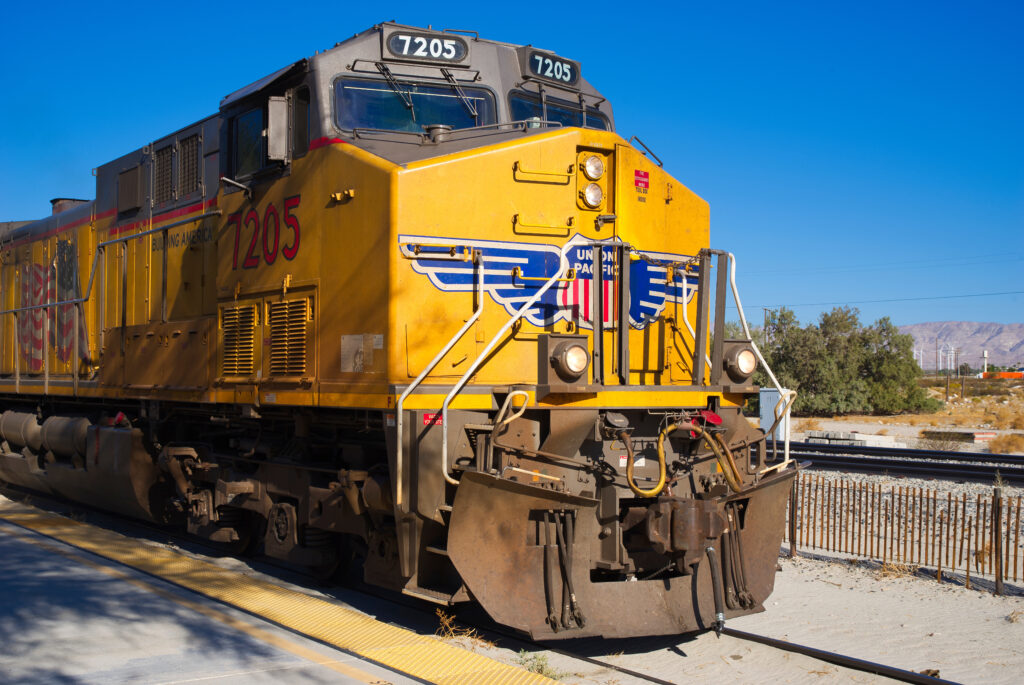
Railroad Faces Lawsuits Over Disqualifying Workers Based on Vision Tests
In a legal showdown reverberating through the railroads, the federal government has taken Union Pacific to court over its use of a vision test. The lawsuit, filed by the Equal Employment Opportunity Commission (EEOC) on behalf of 21 former workers, alleges that Union Pacific disqualified employees it believed were color blind, potentially compromising their ability to read critical signals.
Union Pacific’s vision test has become a flashpoint, affecting thousands of workers who underwent a “fitness-for-duty” review between 2014 and 2018. Nearly 2,000 individuals faced restrictions that kept them off the job for extended periods. The railroad’s policies have remained unchanged, leading to a cascade of lawsuits—more than three dozen—with the EEOC still reviewing additional cases.
Union Pacific staunchly defends its actions, citing safety concerns. The company believed disqualifying workers with color vision deficiencies or other health conditions—such as seizures, heart problems, or diabetes—was necessary to ensure safe operations. Federal regulations mandate color vision testing, reinforcing the railroad’s stance.
The railroad’s decisions often hinge on medical records, even when an employee’s doctor recommends their return to work. However, critics argue that firing qualified, experienced workers based on an invalid color vision test violates the Americans with Disabilities Act (ADA). The balance between safety and fairness remains a contentious issue.
Railroad safety has taken center stage this year, especially after a Norfolk Southern train derailed in Ohio, spilling hazardous chemicals and prompting evacuations. Proposed reforms from Congress and regulators seek to enhance safety protocols. However, the Union Pacific case underscores the delicate balance between protecting employees and avoiding discrimination.
As the legal battle unfolds, the fate of thousands of workers hangs in the balance. The railroad industry faces a critical juncture where safety and inclusivity must coexist harmoniously.The Union Pacific saga is a stark reminder that safety decisions can have far-reaching consequences. As the wheels of justice turn, the nation watches, hoping for a resolution prioritizing safety and fairness.